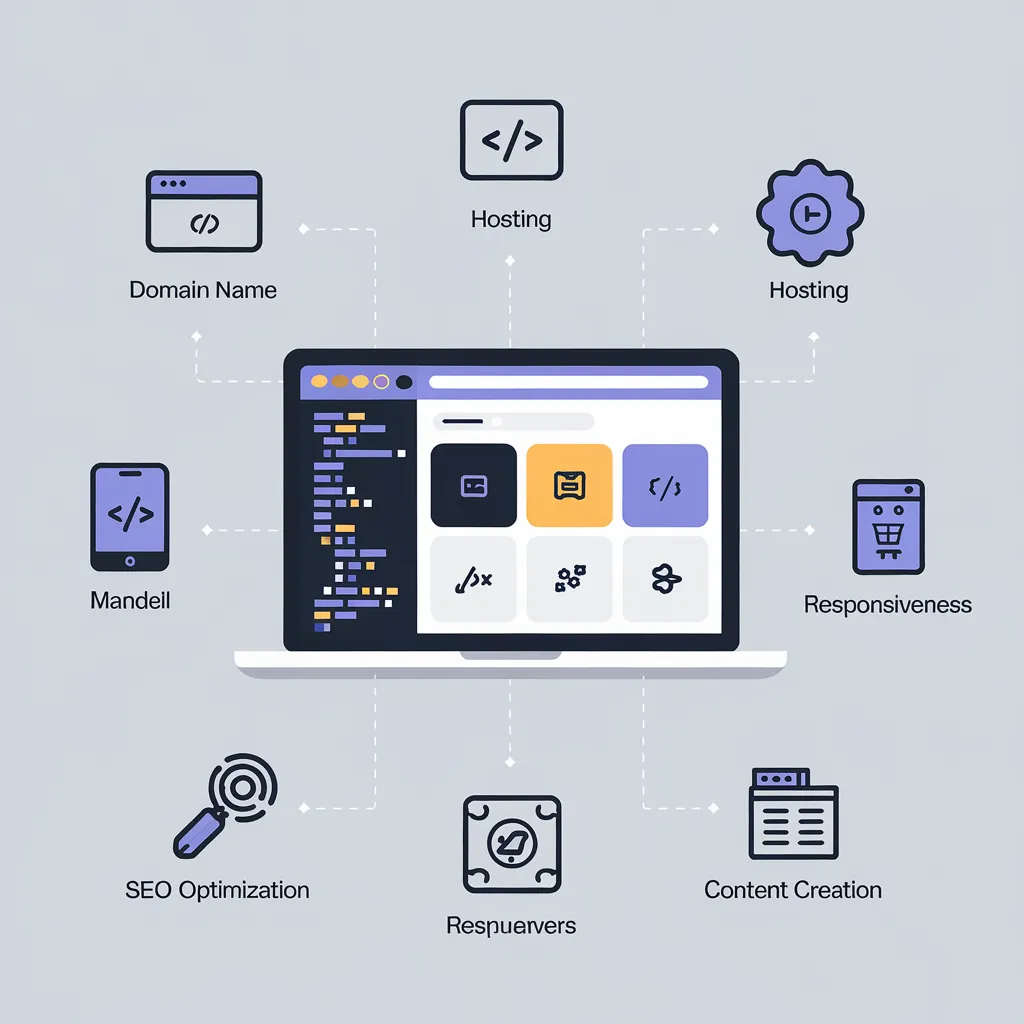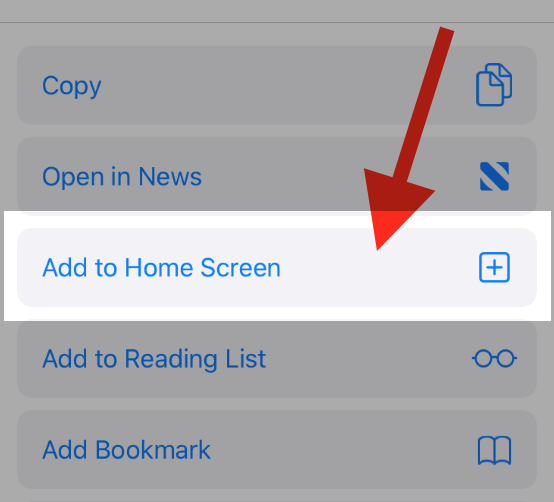How to Profitably Create and Sell Website Templates Online

Are you a designer looking to turn your creativity into a steady income stream? This guide will show you exactly how to create and sell website templates for maximum profit. You'll learn how to design unique, high-quality templates that stand out in a crowded market, develop them with user-friendly features, and effectively market your work to the right audience.
Whether you're just starting or aiming to scale your business, this blog post offers practical, easy-to-follow steps to help you succeed. Ready to turn your design skills into a profitable business? Keep reading to discover the strategies that can make it happen.
Understanding the Market Demand
Before diving into the process of creating website templates to sell, it’s essential to understand the market. Not all website templates are created equal, and knowing what your target audience needs will help you design templates that sell. Entrepreneurs, bloggers, e-commerce businesses, and other online ventures all have distinct requirements, so your templates should cater to specific niches.
Consider researching popular platforms like Squarespace, Wix, and WordPress to see what types of templates are in high demand. This will give you a clear idea of the styles, functionalities, and features that potential buyers are looking for.
Step 1: Planning and Designing Your Templates
Making website templates starts with solid planning and design. Here’s how to go about it:
Choose a Niche
Focus on a specific industry or type of website. Whether it's e-commerce, blogging, or business websites, specializing in a niche allows you to create templates that are tailored to specific needs, making them more appealing to buyers.
Design with Mobile in Mind
With more users accessing websites on their phones, it’s crucial to prioritize mobile-first design. Consider visiting Mobile First for insights on creating responsive and adaptive templates. Templates that perform well on mobile devices are more likely to sell, as businesses increasingly demand mobile-optimized solutions.
Incorporate Essential Features
Whether it’s an e-commerce template or a blog layout, make sure your design includes essential features like SEO optimization, fast loading times, and easy navigation. Integrating Progressive Web Apps (PWAs) can also add significant value, offering users a more app-like experience directly from their browsers.
Create a Unique Style
While it’s important to follow industry trends, your templates should also have a unique style that sets them apart from the competition. Experiment with typography, color schemes, and layout structures to create something truly original.
Step 2: Developing the Templates
Once you have your design in place, the next step is development. This involves turning your design into a functional template that users can easily implement on their websites. Here are a few tips:
Use Clean, Well-Organized Code
Ensure that your code is clean, well-organized, and follows best practices. This not only makes your template more reliable but also easier for users to customize.
Test Across Different Devices and Browsers
Your template should be tested across various devices and browsers to ensure compatibility. This is especially important if you're focusing on Mobile First design, as the template needs to function seamlessly on smartphones and tablets.
Optimize for Performance
A fast-loading template is crucial for user experience and SEO. Optimize images, minimize CSS and JavaScript files, and use efficient coding practices to ensure your template performs well.
Step 3: Marketing and Selling Your Templates
With your templates ready, the final step is to market and sell them effectively. Here’s how to get started:
Create a Professional Website
A professional website acts as your online storefront. Consider visiting Web Services for tips on creating a website that showcases your templates in the best light. Include demo versions of your templates, along with detailed descriptions and features.
Leverage E-Commerce Platforms
Selling on platforms like Etsy, ThemeForest, and Creative Market can significantly increase your reach. These platforms have a large audience of buyers looking specifically for web design templates.
Utilize Content Marketing
Start a blog on your website and write about topics related to making website templates and web design trends. This will help attract organic traffic to your site and position you as an expert in the field. Include internal links to relevant pages like Create Websites and Ecommerce to boost SEO.
Offer Customization Services
Many buyers may need help customizing their purchased templates. Offering customization services can be a great upsell, providing you with an additional revenue stream.
Build a Strong Online Presence
Use social media to showcase your templates, share customer testimonials, and engage with potential buyers. Platforms like Instagram, Pinterest, and LinkedIn are particularly effective for reaching a design-savvy audience.
Provide Excellent Customer Support
Ensure that you offer top-notch customer support to buyers. This can lead to positive reviews and repeat customers, which are crucial for long-term success in selling web design templates.
Conclusion
Creating website templates to sell can be a profitable venture if approached strategically. By focusing on niche markets, prioritizing mobile-first design, and leveraging multiple selling platforms, you can build a successful business around selling web design templates.
Remember to continuously refine your designs, stay updated on market trends, and provide excellent customer service to maximize your profits.Ready to start? Explore more about creating templates and enhancing your online presence with Progressive Web Apps and other innovative web services.
Heading
To add this web app to your homescreen, click on the "Share" icon
![]()
Then click on "Add to Home"

To add this web app to your homescreen, click on the "Share" icon
![]()
Then click on "Add to Home"

It looks like your browser doesn't natively support "Add To Homescreen", or you have disabled it (or maybe you have already added this web app to your applications?)
In any case, please check your browser options and information, thanks!
It looks like your browser doesn't natively support "Add To Homescreen", or you have disabled it (or maybe you have already added this web app to your applications?)
In any case, please check your browser options and information, thanks!

Leave A Comment